Anime Art Collection
Explore and collect unique anime artwork authenticated on the blockchain
History of Anime Art
The Birth of Manga and Early Anime (1900s-1960s)
The roots of modern anime art can be traced back to the early 20th century with pioneers like Osamu Tezuka, often called the "God of Manga." Tezuka's work revolutionized Japanese animation with titles like "Astro Boy" (1963), introducing cinematic techniques and large-eyed character designs that would become iconic in anime art. His studio, Mushi Production, established many of the artistic conventions still used today.
Another influential figure was Machiko Hasegawa, creator of "Sazae-san," whose simple yet expressive art style captured everyday Japanese life. During this period, traditional Japanese artistic influences like ukiyo-e woodblock prints informed many stylistic choices in early anime, including flat color planes and dynamic compositions.
The Golden Age (1970s-1980s)
The 1970s and 1980s saw dramatic evolution in anime art styles. Legendary artist Leiji Matsumoto created the distinctive art for "Space Battleship Yamato" and "Galaxy Express 999," with his unique character designs featuring tall, elegant figures and detailed mechanical drawings. Hayao Miyazaki and Isao Takahata founded Studio Ghibli in 1985, establishing a distinctive aesthetic that combined painterly backgrounds with simplified, expressive characters.
This era also saw renowned artist Katsuhiro Otomo create "Akira" (1988), which redefined anime's visual possibilities with its stunning attention to detail, revolutionary animation techniques, and sophisticated color palette. The film's neo-Tokyo cityscapes and fluid action sequences set new standards for anime art.
Modern Evolution (1990s-2000s)
The 1990s brought significant stylistic diversification. Yoshitoshi ABe created the haunting, ethereal artwork for "Serial Experiments Lain," while Takashi Murakami pioneered "Superflat," an art movement blending traditional Japanese aesthetics with anime and manga influences. His bright, colorful style challenged the boundary between fine art and anime aesthetics.
Makoto Shinkai emerged as a master of photorealistic backgrounds with works like "5 Centimeters Per Second," creating stunning atmospheric scenes with meticulous light effects. Meanwhile, Satoshi Kon developed a unique visual language in films like "Perfect Blue" and "Paprika," using creative transitions and visual metaphors that influenced filmmakers worldwide.
Digital Revolution (2010s-Present)
Contemporary anime artists have embraced digital tools while maintaining distinctive hand-drawn aesthetics. Artists like Naoko Yamada ("A Silent Voice") developed delicate, emotionally nuanced visual styles, while studios like MAPPA and ufotable have pushed technical boundaries with their integration of 2D and 3D elements.
Digital artists like Unstable Kido have pioneered the intersection of anime art with blockchain technology, creating collectible pieces that honor traditional anime aesthetics while exploring new possibilities for distribution and ownership. Today's anime art landscape represents a vibrant ecosystem where traditional techniques merge with cutting-edge technology.
Worldwide Exhibitions
Anime Planet is proud to have showcased our art collection in prestigious galleries and museums around the world. Our exhibitions celebrate the rich history and cultural significance of anime art while introducing new audiences to this vibrant medium.
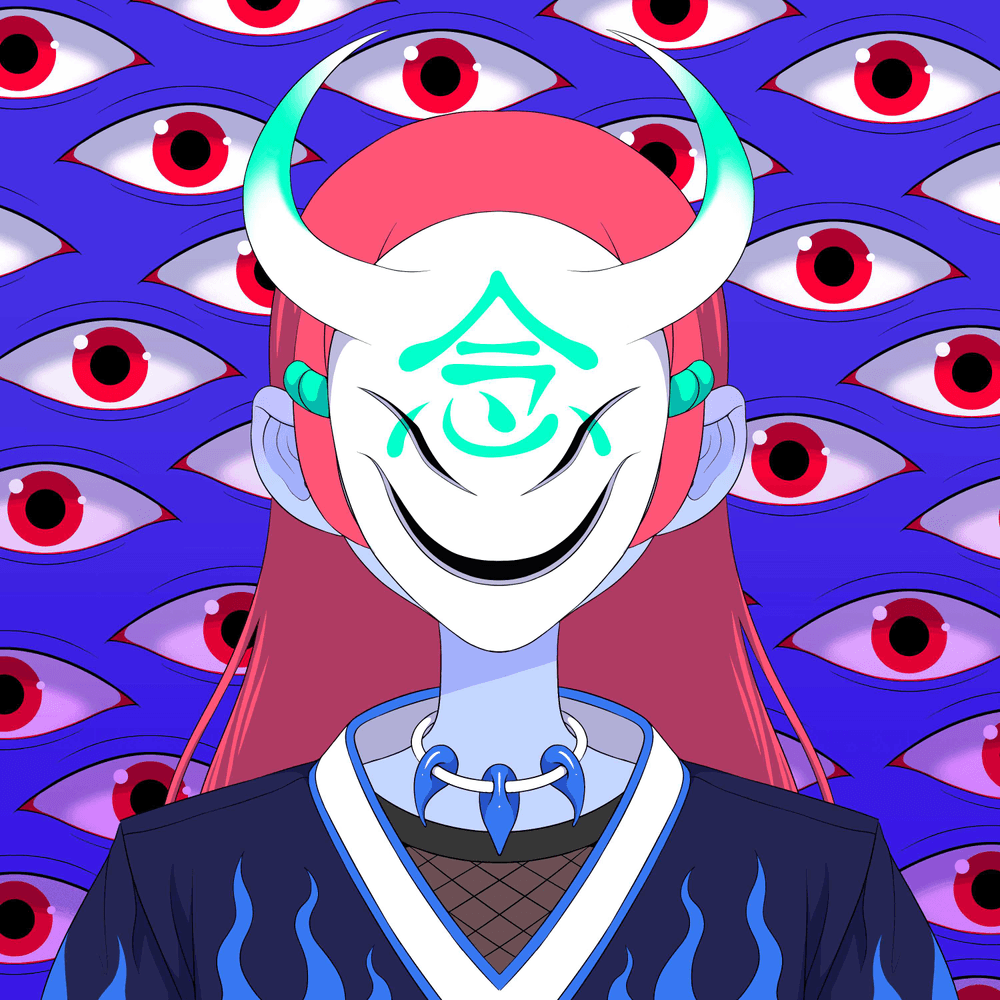
Tokyo
November 2022
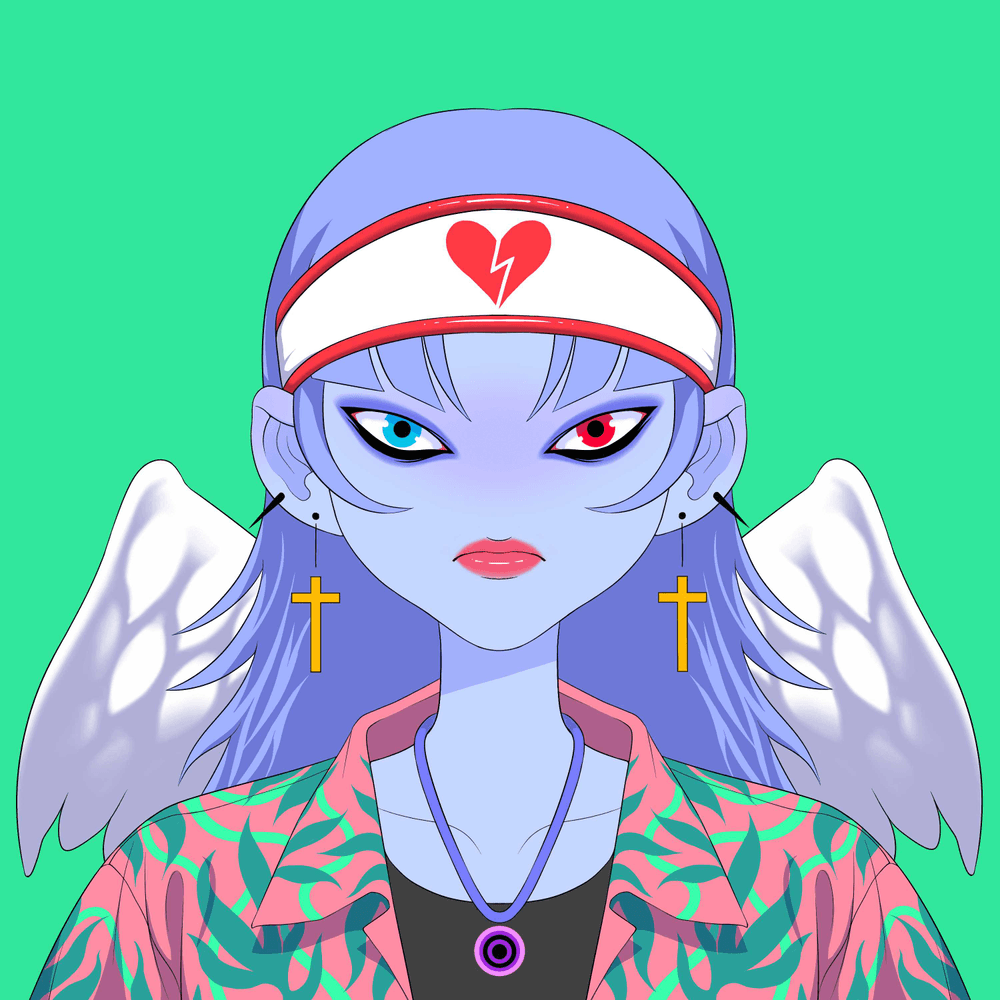
London
March 2023
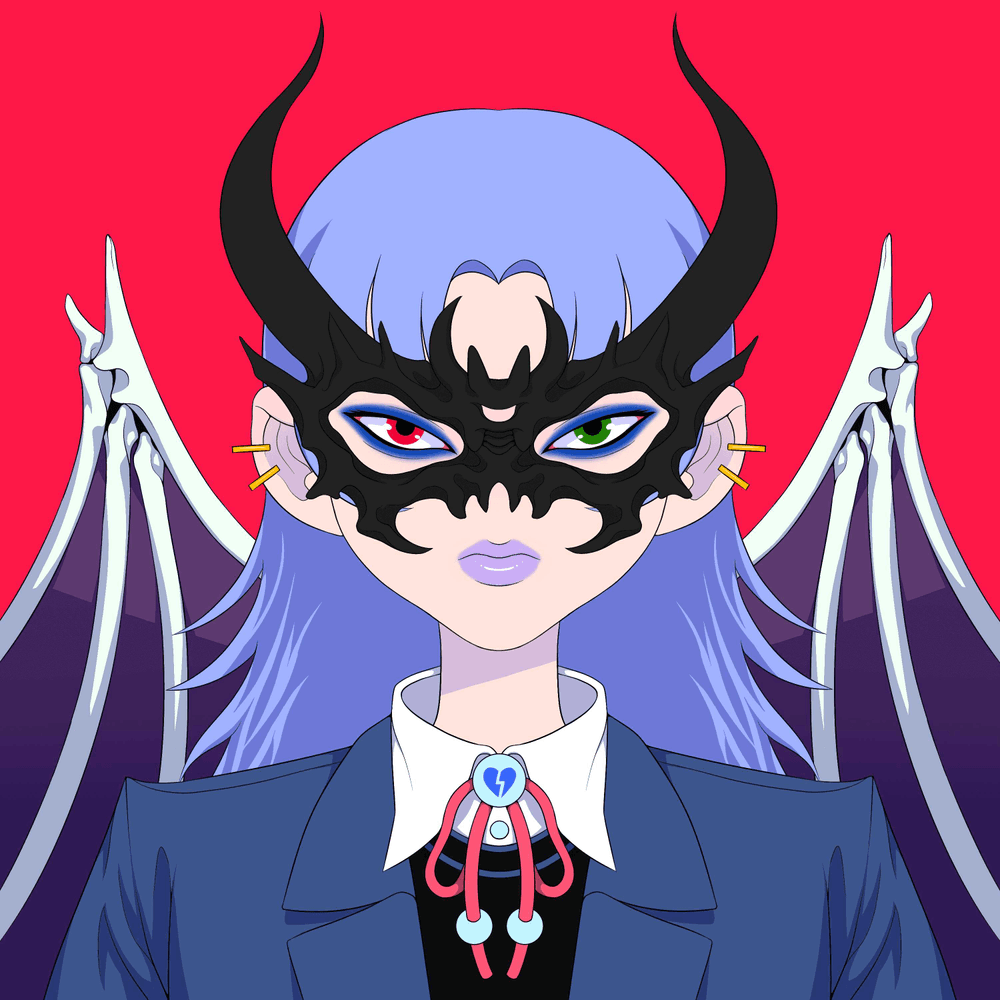
Paris
July 2023
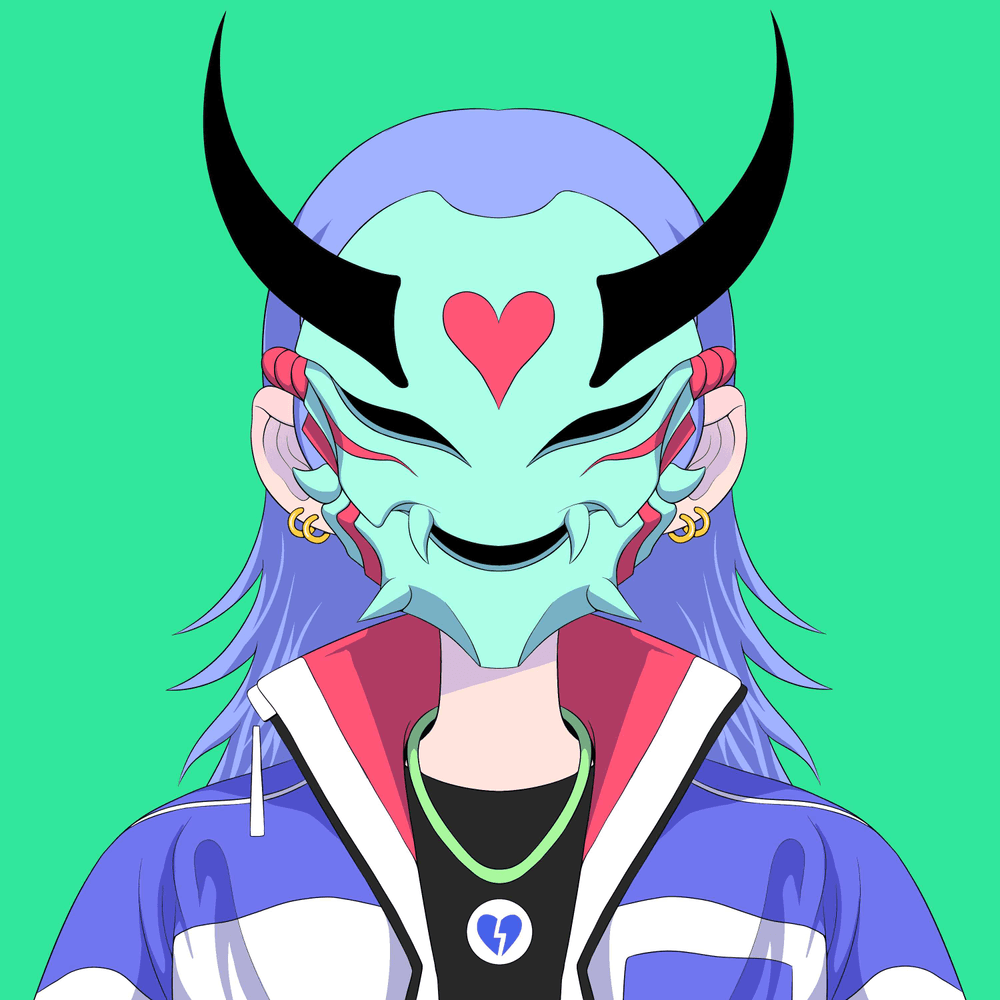
New York
November 2023
Tokyo
November 2022
Our inaugural exhibition showcasing anime art evolution from classic to modern styles
London
March 2023
Featured exhibition exploring the influence of anime on contemporary Western art
Paris
July 2023
Special showcase of anime art's connection to European visual storytelling traditions
New York
November 2023
Landmark exhibition examining anime art's impact on global pop culture and digital art
Seoul
March 2024
Focused exhibition on the work of Korean anime artists including Unstable Kido
Lisbon
July 2024
Cutting-edge showcase featuring anime art's intersection with digital technology
Anime Planet Collectables Drop 1: Bad Kids Alley
Anime art on chain — Bad Kids Alley was one of the first anime projects to be released on the blockchain. This historic collection was launched by the Korean artist Unstable Kido and is available onMagic Eden.
The Anime Planet blockchain collection of Bad Kids Alley has been exhibited worldwide in galleries in London, Paris, Korea, NYC, and more.
Anime Planet supports creatives globally and has been collecting art for over a decade. If you are a creator share your work with us in our Discord or on X.
Bad Kids Artwork
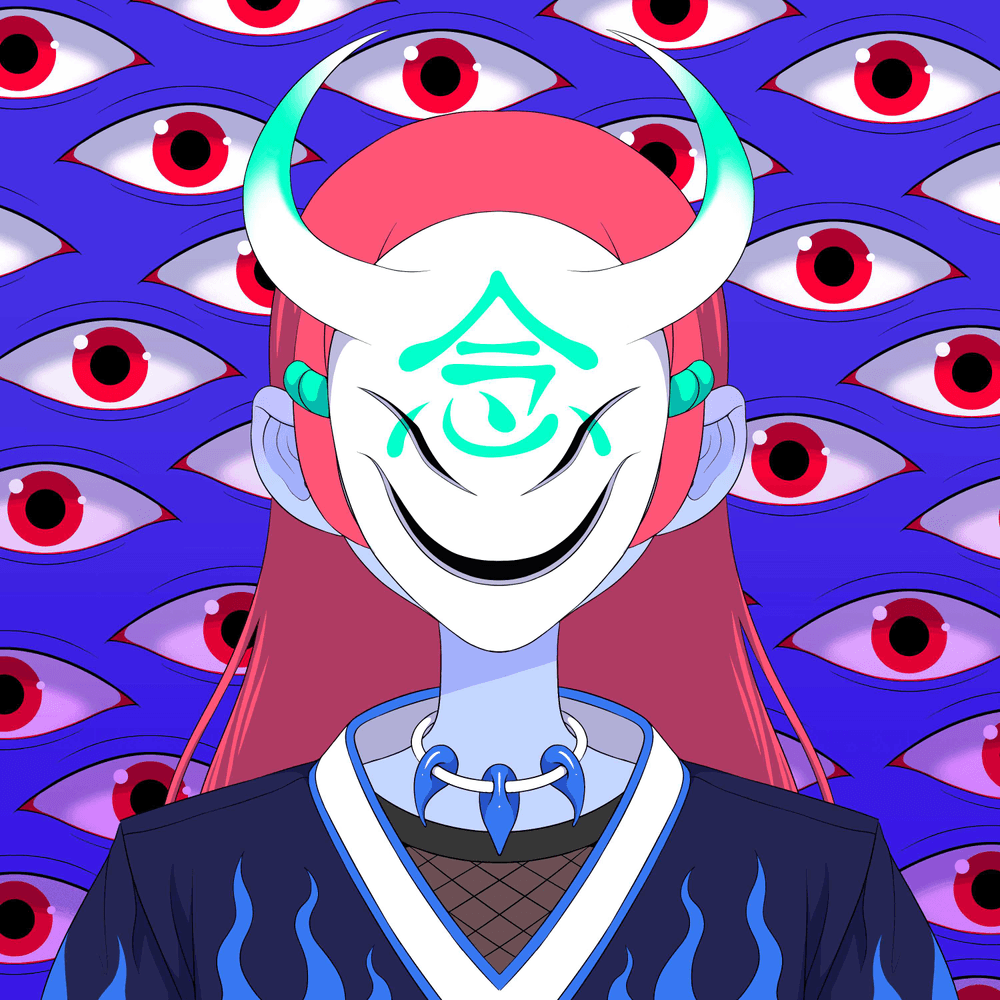
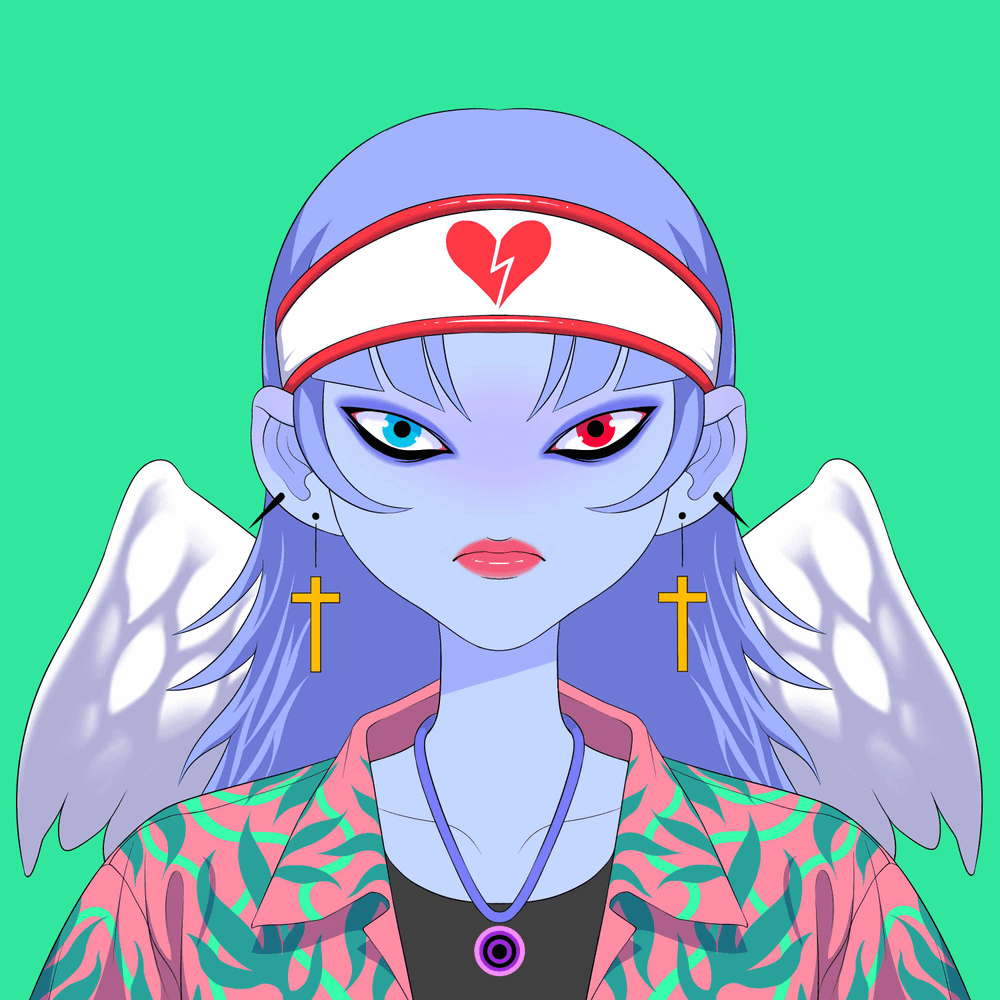
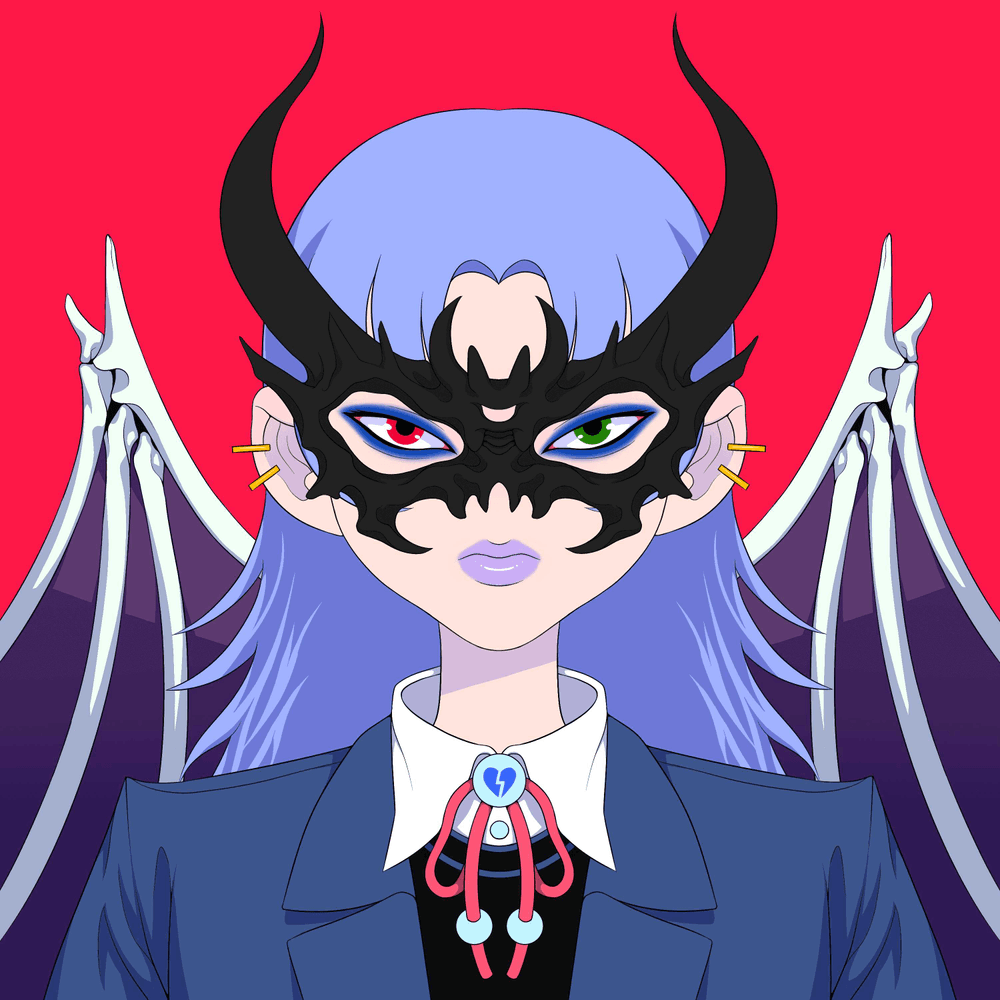
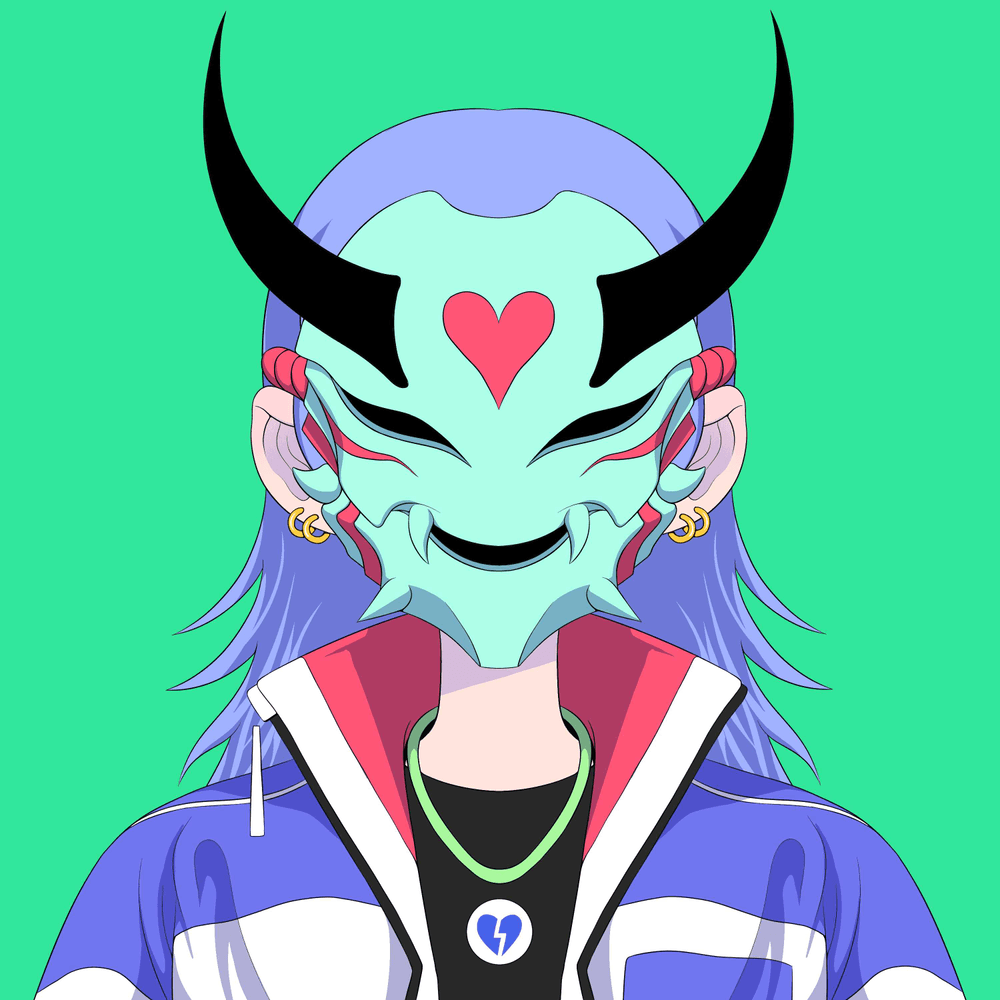
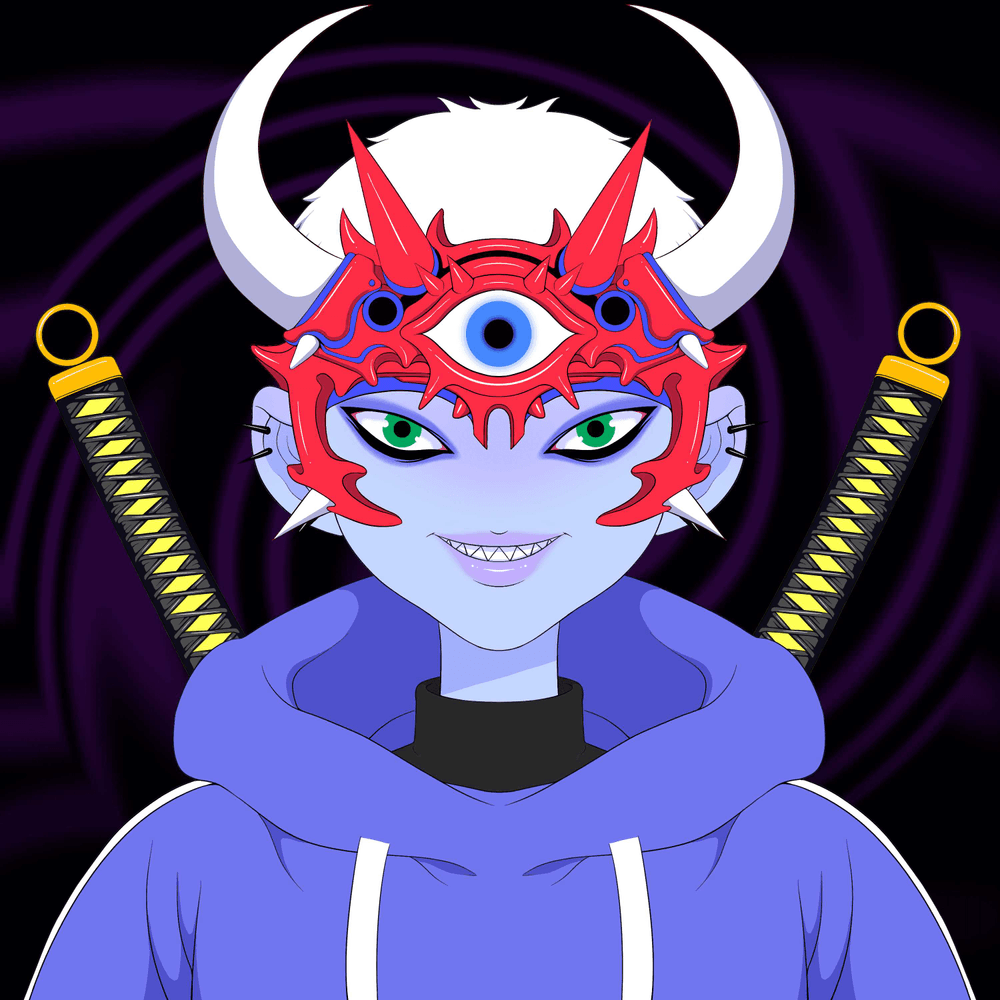
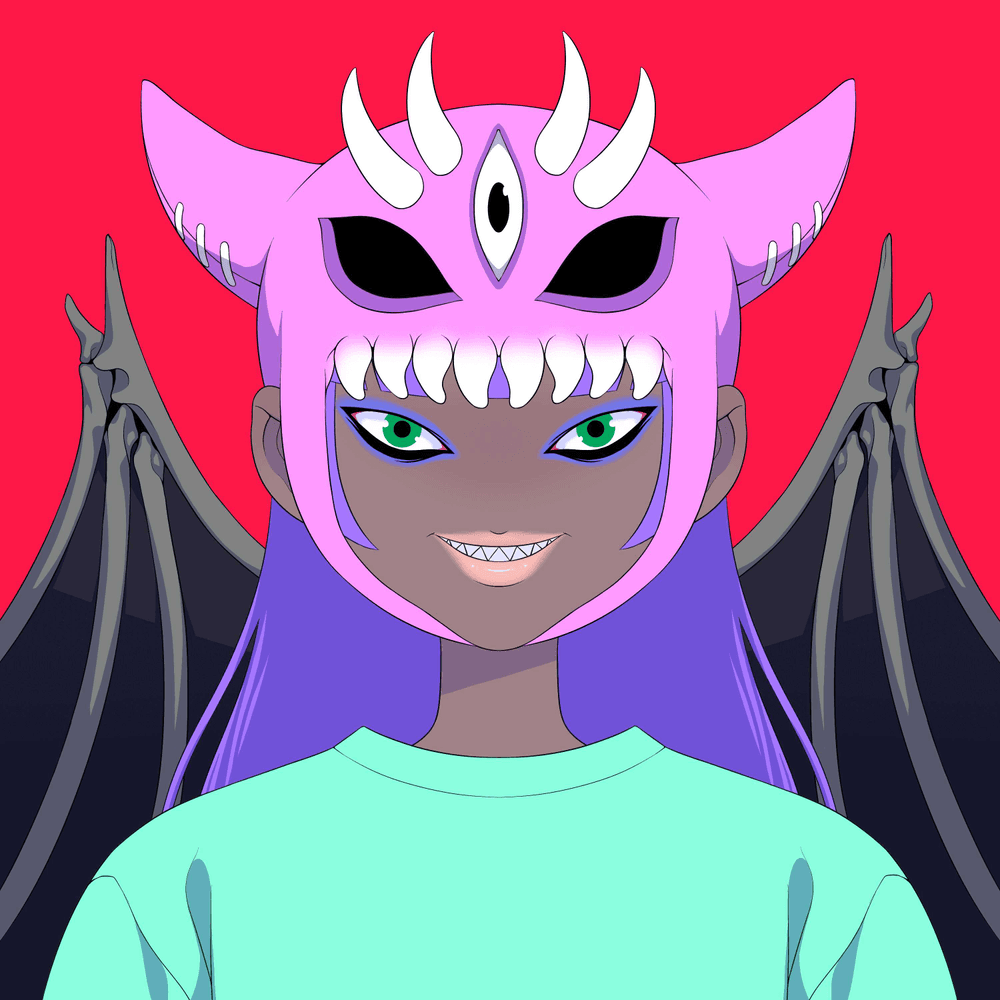
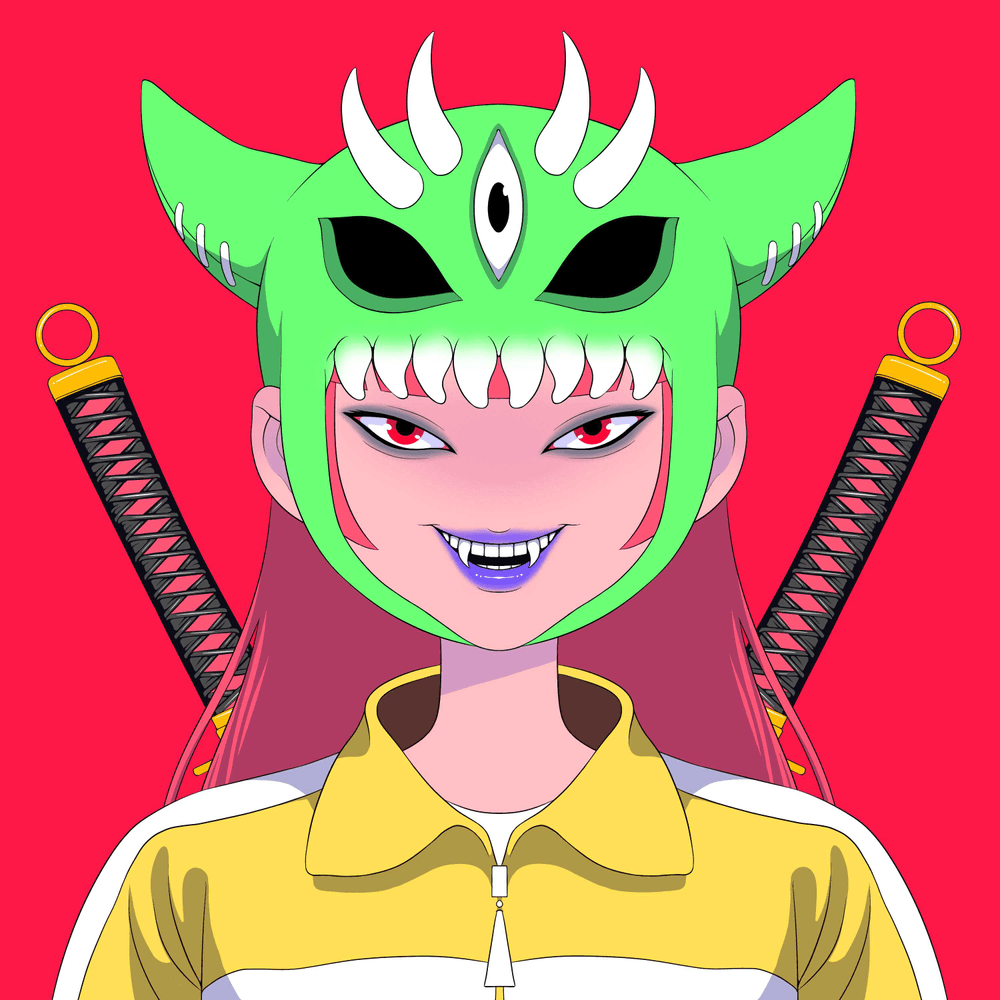
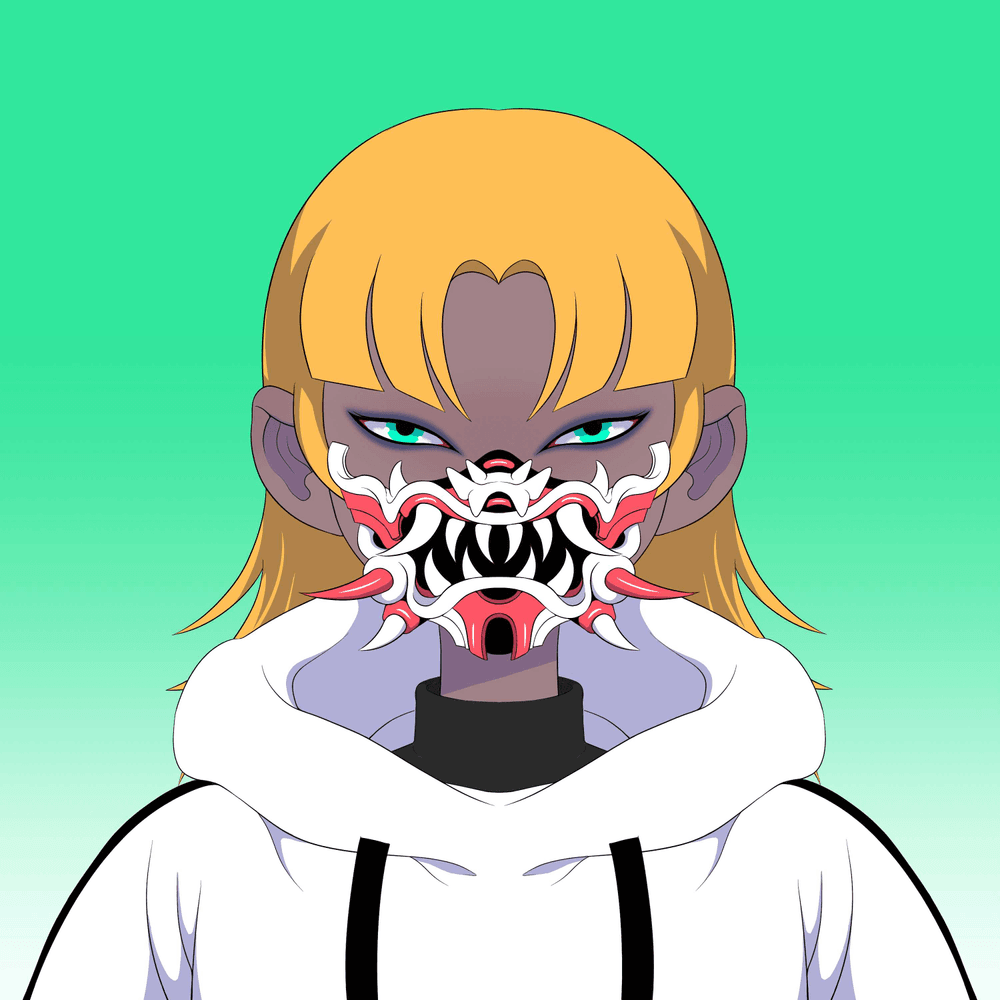
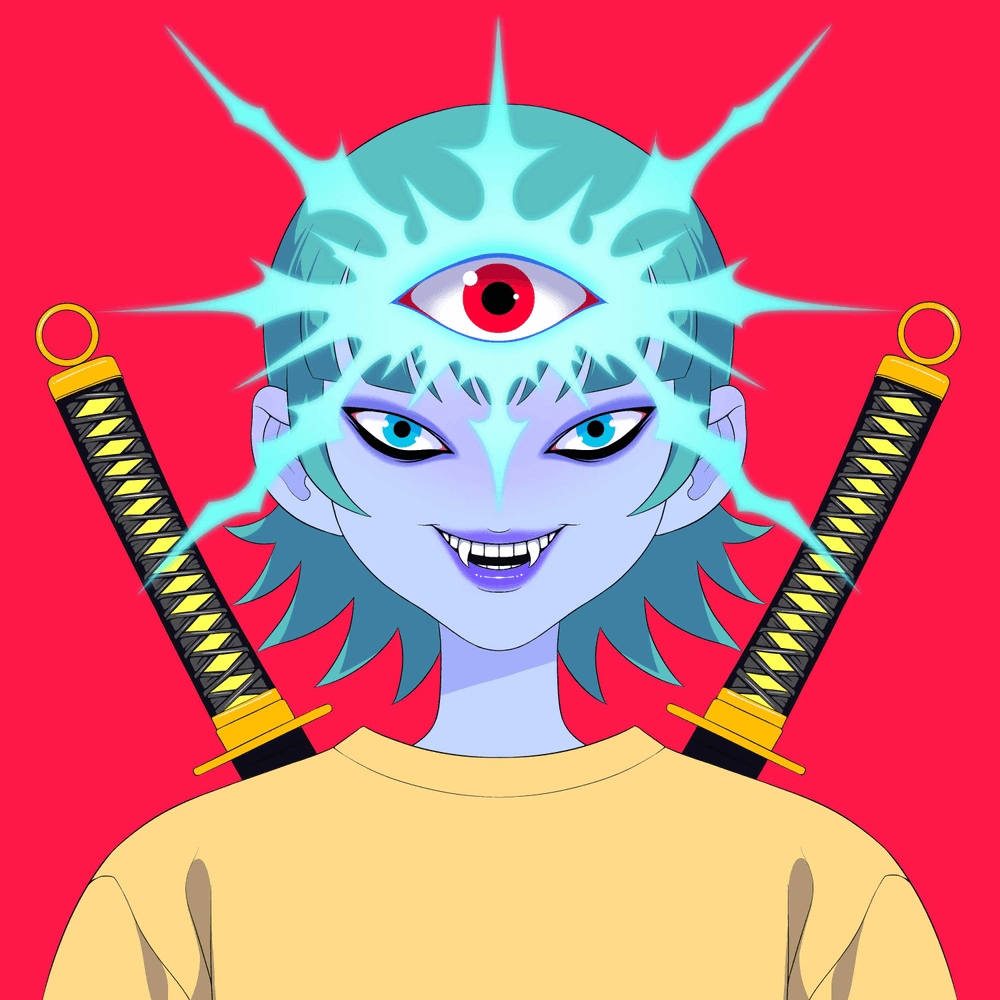











What is Blockchain?
The blockchain is a type of distributed ledger technology (DLT) that records transactions in a decentralized, secure, and tamper‐resistant manner. It works as a chain of blocks — each block contains a set of data (such as transactions) and is cryptographically linked to the previous block. Because no single entity controls the entire chain, blockchains provide transparency and security for all participants.
For creators, blockchain offers a way to tokenize their work — turning art into unique digital assets (NFTs) that prove authenticity and ownership on a public ledger. Collectors can verify the origin of each piece, ensuring its legitimacy.
Security
Cryptographic protection ensures your art's authenticity and ownership
Decentralization
No single entity controls the blockchain, creating trust and transparency
Ownership
True digital ownership with provable authenticity and provenance
Setting Up a Wallet on Magic Eden
To buy or sell NFTs on Magic Eden, you'll need a compatible crypto wallet. Magic Eden provides their own wallet solution, which you can download here:Magic Eden Wallet.
After downloading (or choosing another Ethereum‐compatible wallet), follow these steps:
- Install the wallet extension or mobile app.
- Securely back up your seed phrase (12–24 words).
- Create a strong password if required.
- Connect your wallet to Magic Eden by clicking "Connect Wallet."
Once set up, you can purchase, sell, and store Ethereum‐based NFTs, including the Bad Kids Alley collection. Always be cautious to protect your seed phrase!
Art Gallery
Explore our curated selection of featured anime artwork from the Bad Kids Alley collection. Each piece showcases the unique style and vision of our artists.










Bad Kids Alley FAQs
What is Anime Planet?
Anime Planet is a planet where anime lovers gather. It's dedicated to anime culture and art.
What is Bad Kids Alley?
Bad Kids Alley is the digital collectible art companion project tied to joinanimeplanet.com.
What chain are Bad Kids Alley collectibles on?
They are minted on Ethereum Mainnet.
How can I acquire a Bad Kids Alley collectible?
You can find them on secondary marketplaces like Magic Eden and OpenSea.
Who is the artist behind Bad Kids Alley?
Unstable Kido is our Founder and Primary Artist. He's from South Korea and has created art since childhood. He's been active as an NFT artist since 2021.
Will there be extra utility?
Bad Kids Alley is an art collection by Unstable Kido. No extra utility is planned beyond the artwork.
Can I use my Bad Kids Alley artwork however I want?
No, usage rights are not freely available. Ownership does not grant full commercial or derivative rights.
How can I keep up with Bad Kids Alley updates?
Join our Discord and follow our Twitter (X) for official announcements.
Join Our Art Community
Connect with other anime art collectors and stay updated on the latest Bad Kids Alley releases and events.
Join Community